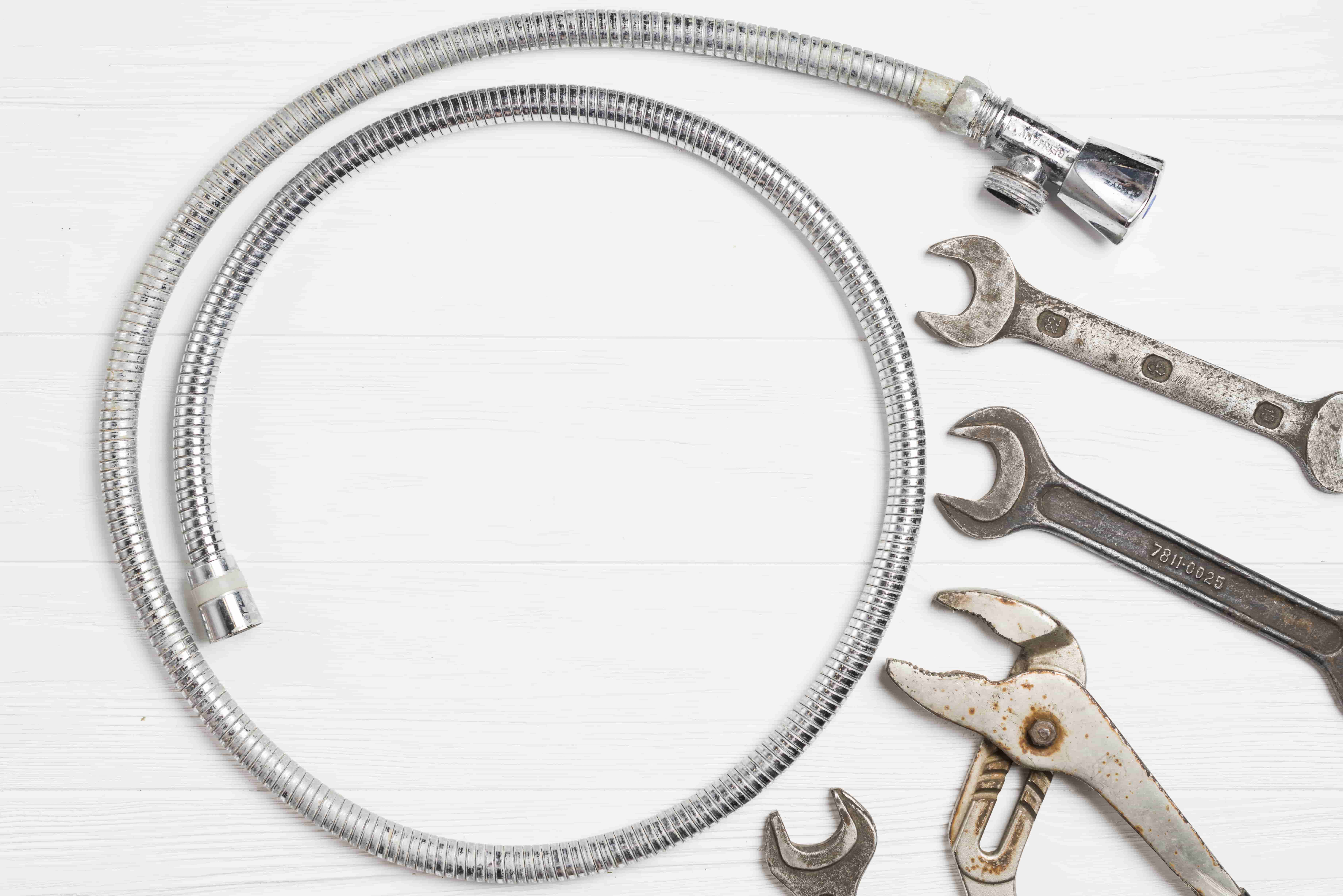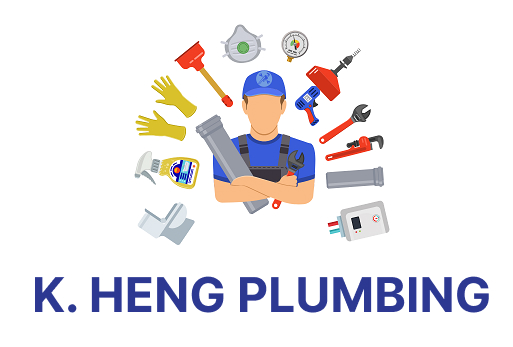 23 Oct 2025
23 Oct 2025
Every home needs reliable water flow and working pipes. But sometimes, taps drip, drains clog, or joints come loose. While major issues require a plumber, minor problems often need quick fixes. With the right plumber tools, you can handle simple issues on your own.
These tools help you fix leaks, twist tight joints, and clear blocked drains without delay. This article walks through five essential tools every homeowner should keep in their toolbox. With these in hand, you can stay calm and take charge when plumbing problems pop up. Fixing small issues early can prevent larger problems later.
Why Do Simple Plumbing Tools Matter?
Small problems can quickly escalate if left unattended. A leaky tap wastes water, and a blocked drain can cause water damage. Having basic tools means you can step in and fix issues before they worsen.
Using the right plumbing repair tools lets you patch up leaks, loosen stuck parts, and unclog drains. These tools also enable you to do simple checks and tighten loose fittings during routine home maintenance.
By learning to grip, twist, and seal using the right tools, you can keep your home safe, dry, and well-maintained. Owning these tools gives you control, saves time, and helps you understand how plumbing parts fit and work together.
1. Adjustable Wrench
An adjustable wrench helps you grab and twist nuts, bolts, and joints of various sizes. A quick turn of its wheel adjusts the jaw size to fit your needs.
Use this tool to unscrew taps, fasten shower heads, or secure loose pipe joints. Its slim profile fits easily into tight spaces under sinks and behind toilets.
Use your adjustable wrench to:
- Clamp onto leaky tap fittings
- Tighten loose pipe ends
- Unscrew old bolts without slipping
This versatile tool belongs in every set of plumbers tools and handles most home plumbing jobs with ease. Keep it close for quick access.
2. Pipe Wrench
For tougher jobs, reach for a pipe wrench. Larger and heavier than the adjustable wrench, it grips thick pipes firmly with its jaws.
Use it to fix outdoor taps, twist rusty joints, or replace old metal pipes. Its solid frame offers strong control and leverage.
Use your pipe wrench to:
- Twist outdoor tap joints
- Replace rusted pipe sections
- Hold the pipes steady while using another tool
Always use both hands when using a pipe wrench, and pair it with another wrench for better control. Store it safely after use.
3. Plunger
No one wants clogged toilets or sinks. A plunger clears blockages by applying pressure through water. One firm plunge can loosen stuck debris and restore flow.
Different plungers serve different purposes. Cup plungers work best for sinks, while flange plungers are designed for toilets. Both create a tight seal over the drain.
Use a plunger when:
- Water rises in your sink
- Toilets don’t flush properly
- Bathtubs drain slowly
A good plunger quickly clears clogs, preventing water spills and wet floors. Patience and steady pressure yield the best results.
4. Plumber’s Tape
Also called thread tape, plumber’s tape wraps around pipe threads to prevent leaks. Apply it to threads before connecting fittings. The tape fills gaps and seals joints tightly.
Use plumber’s tape when installing new taps, replacing shower arms, or sealing washing machine hoses. It keeps joints snug and prevents leaks.
Use plumber’s tape to:
- Seal new tap or pipe fittings
- Secure shower arm connections
- Tighten loose threaded joints
Keep this lightweight tape handy in your drawer; it fixes many leaks and minimizes plumbing repairs. Always apply it with clean hands.
5. Hand Auger (Drain Snake)
Some clogs lie deep within pipes. A hand auger’s long flexible cable reaches into drains to grab hair, soap, and other blockages.
Use it in bathroom and kitchen drains to pull out debris that a plunger can’t remove. It requires steady turning instead of strength.
Reach for a hand auger when:
- Hair clogs your bathroom sink
- Kitchen drains back up often
- The plunger can’t remove the clog
If water still drains slowly after using a hand auger, the problem may be more serious, requiring professional repair, such as a water heater repair.
Quick Guide to Tool Use
Below is a simple table to show which tool suits which job. This helps you grab the right one fast when you notice an issue.
| Tool Name | Use | Good For |
| Adjustable Wrench | Gripping and turning small fittings | Tap and shower head changes |
| Pipe Wrench | Holding or twisting large metal pipes | Outdoor taps and rusted fittings |
| Plunger | Unclogging drains | Toilets, bathtubs, and kitchen sinks |
| Plumber’s Tape | Sealing pipe threads | Tap fittings and threaded pipe joints |
| Hand Auger | Pulling out deep drain clogs | Bathroom and kitchen drain lines |
This chart helps you quickly identify the right tool for the job.
Why Should Homeowners Keep These Tools?
Having these tools nearby allows you to react quickly when a pipe drips or a drain clogs. You don’t have to wait or worry—you can grab your tools and fix the issue yourself.
These tools also help with routine plumbing maintenance. You can check for leaks, tighten fittings, and clean pipes without calling a professional. They give you control, peace of mind, and improve your skills over time.
Although many companies offer plumbing services in Singapore, having basic tools helps prevent damage before it escalates. They save water, reduce stress, and keep your home safe and dry.
Mistakes to Avoid
Using the wrong tool or applying excessive force can damage parts or worsen leaks. If a pipe cracks or a tap still leaks after repair, it may be due to over-tightening.
Avoid these mistakes:
- Twisting plastic parts too tightly
- Using metal tools on delicate fittings
- Forcing tools without checking pipe sizes
Always shut off your water supply before starting any repairs. Learn how each tool works, work carefully, and don’t rush. Gentle hands and proper technique make a big difference.
Conclusion
Every home faces small plumbing problems occasionally. Owning five essential tools — a plunger, adjustable wrench, pipe wrench, plumber’s tape, and hand auger — enables you to respond quickly and confidently.
With the right plumber tools, you can tighten connections, seal joints, and clear clogs effectively. You stop leaks before they cause damage and fix what you can.
A basic set of plumbers tools gives you peace of mind and control when problems arise. With every use, you build skills and protect your home from costly repairs. Over time, these tools become an essential part of your home’s tool kit.
Frequently Asked Questions
Plumbing tools allow homeowners to stop leaks, remove clogs, and fix minor problems quickly without waiting for a plumber.
A plunger, pipe wrench, adjustable spanner, plumber’s tape, and drain snake guard most homes against sudden plumbing troubles.
A plunger uses pressure to clear blockages in toilets and sinks.
A pipe wrench grips pipes securely, allowing you to twist, tighten, or free stubborn fittings.
Use an adjustable wrench to turn nuts and bolts of various sizes, especially on taps and valves.
